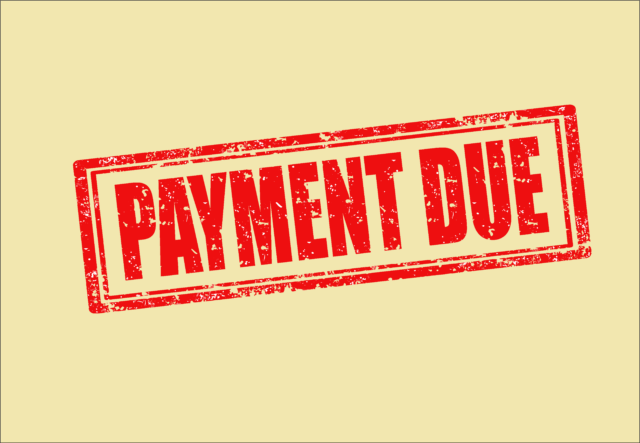
The Alignment Between Self-Reported and Administrative Measures of Application to and Receipt of Federal Disability Benefits in the Health and Retirement Study
Abstract
This paper examines the alignment between self-reported and administrative records of applications to and receipt of federal disability benefits. It uses data from the Health and Retirement Study (HRS), specifically the cross-wave consistent version developed by the RAND Corporation. The HRS has surveyed adults over the age of 50 every other year since 1992 to be nationally representative of the non-institutionalized older adult population, replenishing the sample with a new cohort every six years. The HRS asks respondents periodically if they are willing to have their survey information linked to earnings and benefits information maintained by the U.S. Social Security Administration (SSA). Most respondents agree to the linkage, which provides another source of information about application and receipt patterns for Social Security Disability Insurance (SSDI) and Supplemental Security Income (SSI) than the data that is collected from respondents in the survey. This information may be valuable in understanding disability program participation among older workers and the extent to which survey respondents accurately report their benefit receipt.
Using information in the HRS linked to SSA’s Form 831 records about disability benefit applications and its Disability Analysis File about benefit receipt, the paper compares survey and administrative reports of having ever applied to SSDI and SSI as well as the receipt of those benefits in each HRS survey wave from 1996 through 2016. It presents statistics on the characteristics of HRS respondents based on whether they consented to have their records linked to administrative files as well as whether those who consented to the linkage accurately reported their benefits status. The analyses make comparisons by calendar year and HRS sampling cohort, as well as by each age from 51 through full retirement age. An appendix to the paper offers a primer for other researchers considering using the HRS-SSA linked data.
The paper found that:
- Older cohorts in the HRS are more likely than younger ones to have consented to having their HRS data linked to SSA administrative records. Younger cohorts, however, are more likely to have consented in recent years, which is necessary to have been included in HRS’s prospective permission scheme and to have consented to certain file linkages that may be useful to researchers, including the ones we used in our analysis.
- Aggregate self-reported percentages of application and receipt of SSDI and SSI are lower than those reported in HRS-SSA administrative data at nearly all ages, but rates of new applications and receipt of benefits (i.e., incidence) are similar between the ages of entering the HRS survey (51-56) through SSA’s full retirement age.
- There are differences in SSDI and SSI application and receipt shares between HRS self-reports and administrative data across birth cohorts in the survey, but no systematic pattern in the difference between the two sources of information across all of the survey cohorts.
- Individual misreporting represents a minority of total cases but is more common relative to the share of older adults with interactions with the SSDI and SSI programs. Misreports range from approximately 4 percent to 12 percent of total respondents, depending on the program and age of respondents. False negatives (the respondent reports no application or receipt while the SSA data indicates application or receipt) tend to be more common than false positives, especially at older ages.
- The demographic, socioeconomic, and health characteristics of respondents who incorrectly report their benefits receipt (relative to SSA information) are different from respondents whose self-reports align with administrative records. Those differences vary by receipt of SSDI or SSI, but include respondent age, race, income, assets, education, health conditions, and health behaviors.
The policy implications of the findings are:
- Researchers who use HRS self-report data alone should be aware of differences in the prevalence rates relative to SSA-published statistics and administrative records for the same respondents. Using HRS self-reported data is likely to result in an underestimation of program application and receipt relative to HRS-SSA data. Moreover, characteristics of those who misreport differ from the full sample, meaning that descriptions of applicants’ or recipients’ demographics, employment, income, and health may differ depending on what sample is being used. As such, care should be taken in interpretations of applicant or beneficiary characteristics when using self-reports.
- Use of the SSA data linkage may not be feasible for all research purposes, particularly those where a loss in sample size due to consenting to the linkage would be problematic. In cases where a linkage may not be practical, use of self-responses can still be informative in many research applications. These can include, but are not limited to, longitudinal analyses of employment or health characteristics in relation to SSA programs or the use of receipt or beneficiary status as covariates or controls in analysis.







